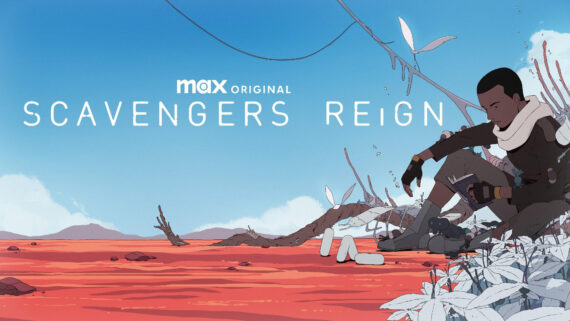“My super weapon? A pencil and white sheets of paper.”: In conversation with Mriganka Bhuyan

“The next evening, I received an email from Titmouse Inc. inviting me to join the Scavengers Reign team.” shares Mriganka Bhuyan – a phenomenal storyboard artist, co-founder of Iksa Studio and guest lecturer at NID-Assam. Having worked with names like Titmouse Inc, Green Street Pictures, Wizz Design Studio on projects like ‘Scavengers Reign’, ‘Common Side Effects’, and much more, Mriganka’s career has been one steered by grit and determination. In this feature, we follow Mriganka’s journey and deep dive into the process behind his craft.
Ever since Mriganka was a little kid he found solace in sketching and dancing. Immersed in the world of video games, comics, cartoons and animes- he spent most of his time daydreaming about giant robots, cool weapons, and intimidating villains. With the support from his parents, he soon moved to Pune to pursue animation at MIT Institute of Design.
“My time at MITID can be summed up in one word: pure joy”
“After craving skills and knowledge throughout my school days, MITID gave me exactly what I desperately needed.” He says. With fantastic faculty and great classmates, he honed his skills that later shaped his career.
To this day, I miss those 3 a.m. chats with friends, brainstorming fun ideas for games and animated series. Those moments were truly special.
After his graduation, he felt the need to delve deeper into animation filmmaking; choosing to pursue his master's at Gobelins L’École de L’Image in Paris. There, he received a full scholarship, had access to the best educational facilities, and pursued his passion to become a storyboard artist.
While applying for opportunities in Paris he reconnected with a former classmate and good friend, Diego Porral. While Mriganka shared his woes about being rejected for a potential project with Crytek Germany, Diego mentioned a project in the works at Titmouse. On sharing his latest reel and art bible; he secured the project inviting him to join ‘Scavengers Reign’.
The next evening, I received an email from Titmouse Inc. inviting me to join the Scavengers Reign team. I immediately said, "Hell yes!" All thanks to Diego, the episodic director for this remarkable show.
Drawing references from live-action films with strong acting and subtle performances, the process of storyboarding the series involved reading the scripts, creating thumbnails, rough sketches and finally clean drawings.

Starting as a storyboard revisionist, Mriganka familiarized himself with the show’s style and soon was able to craft the storyboard. He says,” The draftsmanship level was set very high to achieve top quality, which I loved as a challenge. I was blessed to receive constructive feedback directly from the supervising director Benjy Brooke, the episodic directors, and the show's creators, Joe Bennett and Charles Huettner.“


Mriganka also collaborate with Wizz Design, who discovered his work on Vimeo and invited him to join the small team to work on a two-week long project. He soon found out it was a trailer for ‘League of Legends’. He says,” My performance impressed them, and soon after, I started receiving calls from Wizz for several other exciting projects.”
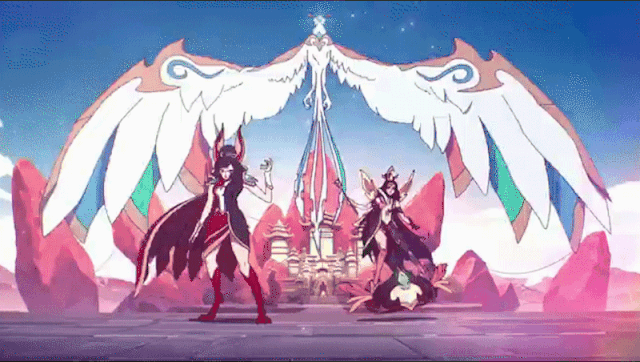
Mriganka also worked on an episode for ‘Baahubali: Crown of Blood’ series; a challenging yet rewarding project. Single-handedly storyboarding the fourth episode from a 37 page script, featuring over 60 character designs and 10-15 backgrounds was an overwhelming task. Thrilled to have an opportunity to work with Graphic India on SS Rajamouli’s epic series he broke the script into scenes including different categories like drama, two-shot conversations, journeys, and fight scenes.

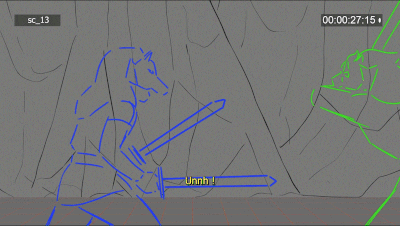
He says,” I then focused on scene blocking and beat boards before creating thumbnails with rough timing. Once I had the overall structure and the first pass ready, I shared it with the director for feedback.”
Using a mix of Blender for the backgrounds and camera animation, grease pencil for certain shots, and Storyboard Pro for 2D shots with TV Paint to achieve certain outputs, Mriganka composited and edited the scenes on After Effects and Premier Pro. He adds,” For acting references, I recorded myself using my phone and a tripod and used these recordings for acting shots. Additionally, I collected and studied numerous references for shot types, tropes, scenes, and moods from various sites.”
His project with Green Street Pictures- Common Side Effects created by Joe Bennett and Steve Hely- known for producing the beloved series The Office (2005) is a thrilling mix of mushrooms, action-packed scenes and drama.

He says,” The social media buzz has been fantastic so far. I can't wait to share my experience once it’s out. It’s still a secret for now ha-ha!”
Working with some of the talented names in the industry and collaborating with top-tier artists has given Mriganka an opportunity to gain invaluable experience and techniques to meet deadlines efficiently and quickly.
Currently, I'm living my dream, thanks to my hard work, self-belief, over 100 rejections, and the opportunities I've received.
In late August 2022, Mriganka returned to India after living in France for five years. By the end of the year, his ex-roommate and dear friend, Soham Chakraborty, called him with an exciting proposition: to open an AVGC studio in India.
Trusting his vision, Mriganka immediately said, "Let's do this." Together with Soham’s school friends, Deb Kumar Ghosh and Saikat Roy they launched the studio, Iksa, in March 2023.


Talking about his process Mriganka says, “I constantly update my skills and techniques for storyboarding through personal projects and applying what I learn to professional work. Before I begin drawing, I ensure I thoroughly understand the brief and my task. I then employ the necessary skills based on the project's requirements”


My design philosophy is to leave room for potential changes, giving me greater control over the task. I never hesitate to ask questions when I'm stuck and always value feedback from clients or directors.
Using hybrid techniques, mixing 2D and 3D to help with staging and perspective and using a soundtrack to cut out a montage or trailer are ways he enhances his processes. He adds, “Sometimes, I sketch ideas on paper, especially when seeking a specific pose. However, since 2019, Storyboard Pro has been my go-to software for every project.”
To become a good storyboard artist, it's essential to know how to animate. Strong drawing skills are crucial if you want to work on exciting international projects.
He adds, “Don’t just watch films or series—analyze the scenes and break them down. Read books like "Story" by Robert McKee and "The Five C’s of Cinematography." Observe how professionals storyboard scenes and create animatic. Many professionals share their process on Instagram or YouTube these days.”

Learning to draw shorthand and becoming proficient with at least one 3D software, like Blender, or taking online classes from platforms like Project City, StoryboardArt.org, or Schoolism can help aspiring storyboard artists to work efficiently.
Most importantly, understand your taste in film and series genres, and know your own personality. This self-awareness will help shape your unique style and approach as a storyboard artist.
“I've been in that tough spot where no one wants to be: jobless for months. But if you truly love what you do and take on ambitious personal projects, the sense of accomplishment is immense once you finish” Mriganka says.

He believes that these personal projects can remain relevant enough to gain traction on social media; soon inviting job offers. He says,” Sometimes the industry reaches out after months or even years, but they will reach out if you've created something fantastic.”
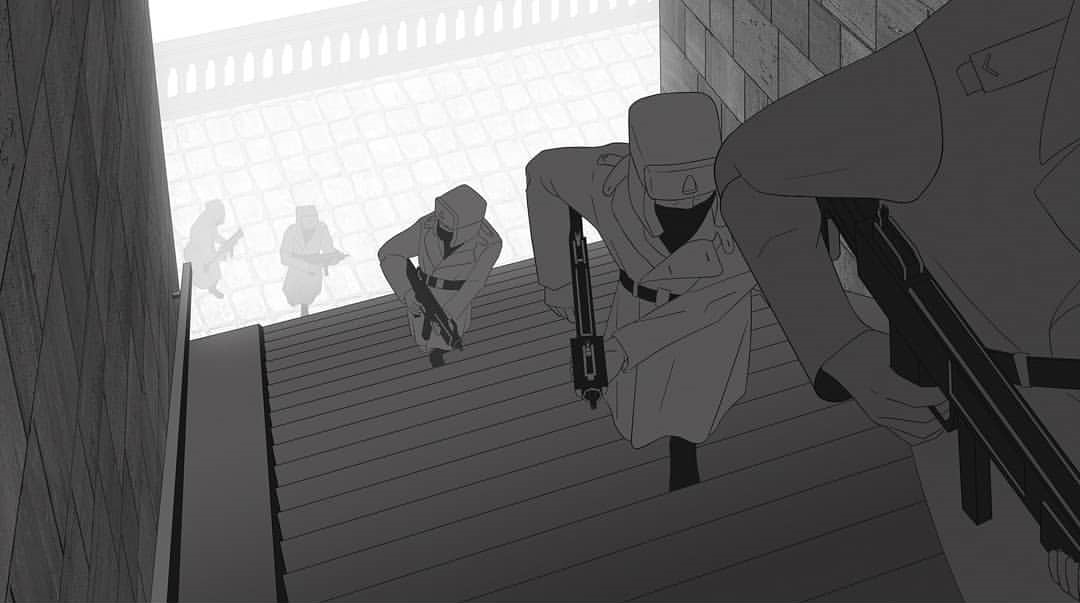

Storyboarding is a tough business, and you have to love the process. Stay current with industry trends and understand what the market wants. Motivation alone isn't enough; you need self-belief and a focus on creating excellent work
With a growing demand for anime-style shows and adult animated content both globally and in India, Mriganka believes there is a high demand for quality storyboard artists worldwide.
Indian audiences crave high-quality animation and top-notch storytelling, and the Indian animation industry must rise to meet these expectations. No matter how well a storyboard is done, if the visuals and animation quality are poor, the audience won't engage.
He adds, “Nowadays, TV storyboards have adopted a more cinematic approach, except for sitcoms. Additionally, the demand for storyboarding in 2D and 3D commercials is on the rise.”
Talking about Generative Art and AI he says, “The creative industry is undergoing an unprecedented transformation. Many creative roles, particularly those involving repetitive tasks such as in-between animation and image editing, are already being significantly impacted by AI tools like DAIN AI. These tools are not yet perfect but eventually it will become.”
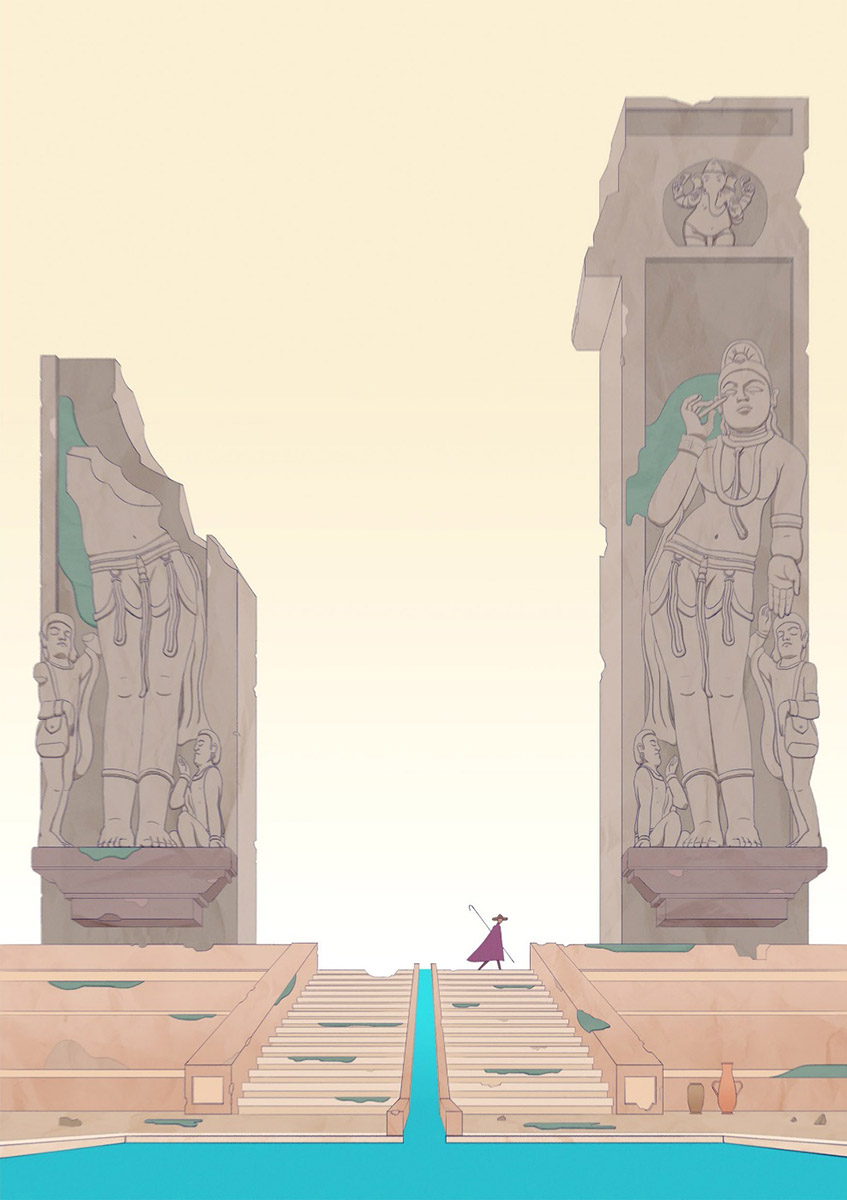
Using AI tools like Midjourney during the brainstorm phase as inspiration to visualize certain abstract ideas sometimes helps him go through multiple iterations of the thumbnails quickly.
He adds, “As AI developers are stealing art without permission and profiting from it, many digital artists have moved to Cara that strictly prohibits Ai generated artwork. However, artists understand that they still need platforms like Instagram to showcase their artwork to both fellow artists and general public. And sadly, Instagram is training AI on our data. As of now, Indian copyright law does not explicitly recognise AI as the copyright owner. But as AI continue to advance, there should be a mandatory global standard and best practices for AI and copyright to protect the rights of creators.”
On that note, we come to end of this feature with Mriganka Bhuyan. We thank him for sharing his valuable insights about the storyboarding industry and wish him all the very best!
You can reach out to Mriganka on the channels below:
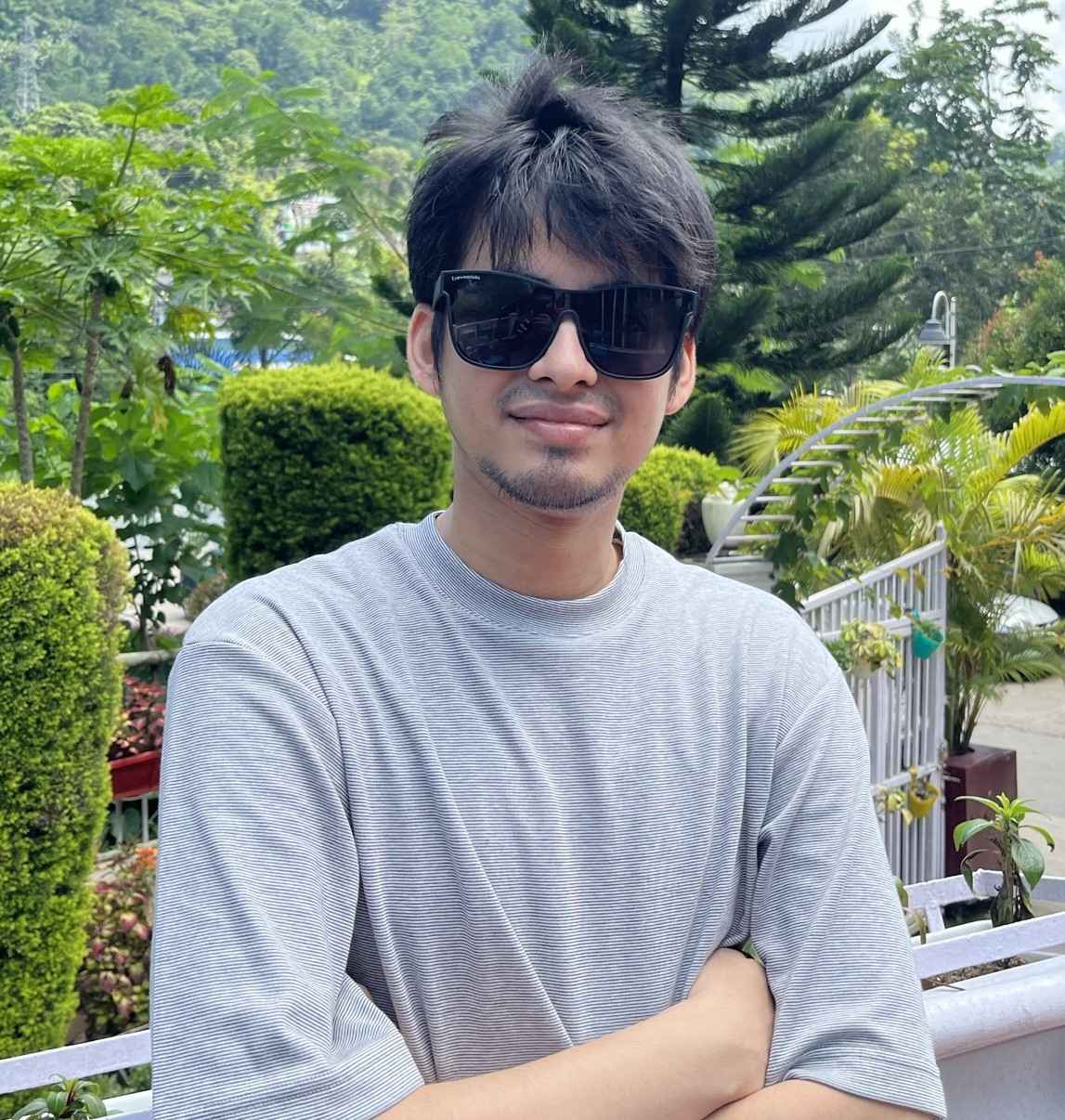
Mriganka Bhuyan

